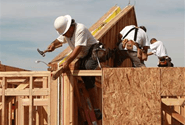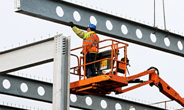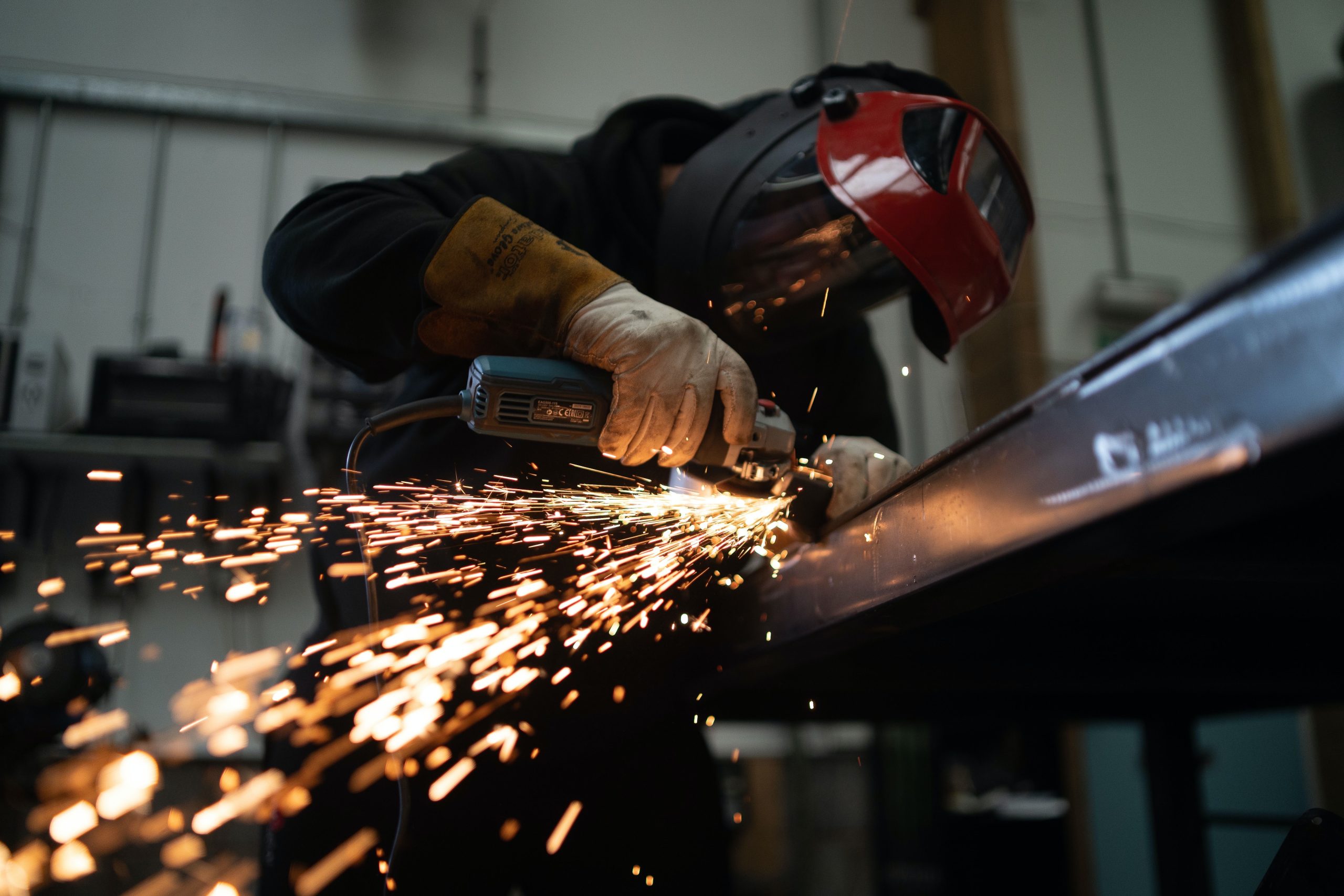Economy

Manufacturing Pace Slows in Empire State Survey
Written by Sandy Williams
October 15, 2020
Manufacturing activity continued to expand in New York during October, but at a slower pace. The Empire State Manufacturing Survey general business index slipped seven points to 10.5, decreasing more than expected by analysts.
New orders and shipments continued to expand and unfilled orders declined. Inventories were a little leaner and delivery times remained steady. Input prices increased at the same pace as September and selling prices were up slightly.
Employment metrics were higher in October with number of employees and hours worked both improving. The index for number of employees jumped five points to 7.2 and the average workweek index rose nine points to a multi-year high of 16.1.
The future business conditions index fell eight points to 32.8, indicating firms were somewhat less optimistic about the next six months. Indexes for shipments and new orders in the coming months followed suit, slipping by 9.2 points and 1.4 points, respectively. More hiring is on the horizon, but firms expressed caution on capital expenditures and technology.

Sandy Williams
Read more from Sandy WilliamsLatest in Economy

Chicago PMI dips 0.1 points in June
The Chicago Purchasing Managers Index (PMI) slipped 0.1 points to 40.4 points, in June.

Multi-family pullback drives housing starts to 5-year low in May
US housing starts tumbled in May to a five-year low, according to figures recently released by the US Census Bureau.

Architecture firms still struggling, ABI data shows
Architecture firms reported a modest improvement in billings through May, yet business conditions remained soft, according to the latest Architecture Billings Index (ABI) release from the American Institute of Architects (AIA) and Deltek.

Manufacturing in New York state contracts again
However, companies are growing more optimistic about the future.

ArcelorMittal plans wire-drawing closure in Hamilton, shifts production to Montreal
ArcelorMittal’s (AM) Hamilton location to be shuttered, wire production shifting to Montreal.
